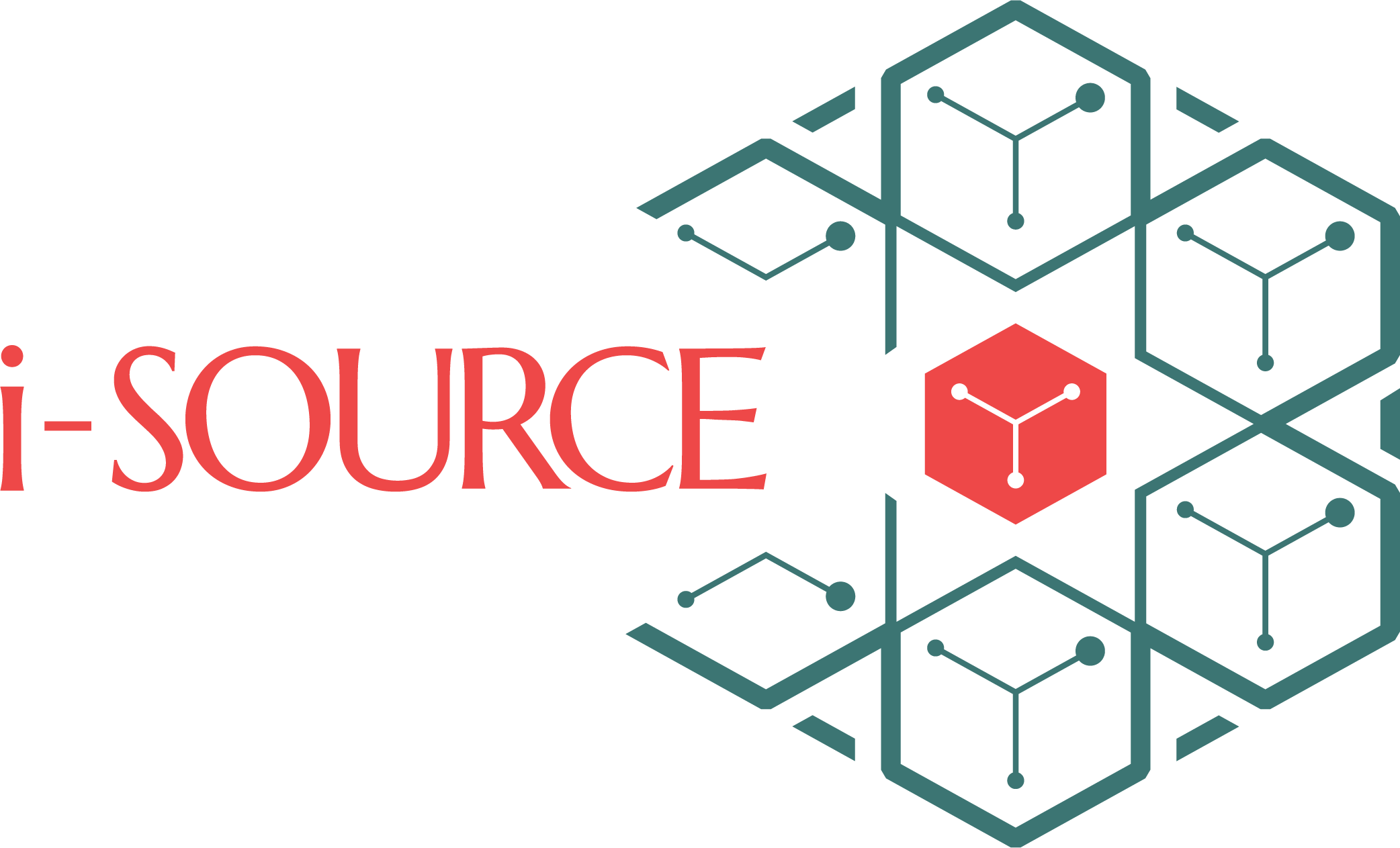AIOps – Analyzing Top Features and Capabilities
Ever since the launch of ChatGPT, Artificial Intelligence (AI) has become a topic of discussion in many business conversations. Even as large language models and deep learning have taken center stage, AIOps has become more relevant too. It is estimated that the global AIOps market will grow from $11.7 billion in 2023 to $32.4 billion by 2028 at a healthy CAGR of 22.7%. Read on as we walk you through the latest features and capabilities of modern AIOps tools.
Understanding AIOps
Traditionally, enterprise IT management was done manually via manual server provisioning, system administration, and more. But as the IT ecosystem gets more and more convoluted, this approach is challenged by changing demands from business units. Digital transformation initiatives, as well as the need for agility in response to emerging threats and market conditions, demand a new approach to infrastructure and operations management.
As organizations expand across geographies and business units, managing IT infrastructure has become excruciatingly time-consuming and expensive. With numerous applications, data centers, systems, and processes constantly mushrooming, provisioning, managing, configuring, and integrating them within the business is a herculean task.
Operations teams find themselves submerged in the sea of alerts, with little or no idea of how or where to start. As they struggle to identify, respond to, and resolve the barrage of incidents, AI technology is helping transform their approach to incident management.
AIOps, a term coined by Gartner, combines the capabilities of big data and machine learning and enables seamless automation of IT infrastructure management.
From event correlation to anomaly detection and causality determination, AIOps empowers operations teams with the capabilities they need to analyze events, identify meaningful patterns, and craft proactive responses.
Evaluating the Many Features
Given the significance of AIOps, several tools are being launched into the market. Modern AIOps tools reduce the sea of redundant alerts, enabling teams to get to the bottom of issues quickly. Leveraging the capabilities of AI and machine learning, they help:
- Minimize mean time to detect (MTTD) by quickly detecting anomalies via automated issue detection.
- Find patterns in related incidents to accelerate the mean time to identify (MTTI).
- Correlate incidents and uncover context to identify the root cause and speed up the mean time to resolve (MTTR).
- Configure alert policies and collaborate in real-time with team members for quick incident response.
- Automate workflows to route, remediate, and close incidents and identify anomalies early in the life cycle via metrics and events.
- Detect patterns in incidents and take steps to prevent them from happening again.
- Prioritize alerts based on their criticality and reduce alert noise by a large percentage.
- Use predictive analytics to predict incidents before they impact the user experience.
- Leverage event correlation capabilities to prioritize and group alerts and reduce alert noise.
- Get end-to-end visibility into the incident lifecycle and automate incident response.
- Associate services and KPIs and better understand the underlying infrastructure by drilling down to the code level.
- Enable seamless integrations with ITSM tools for more intelligent event management.
Understanding the Pitfalls
When it comes to AIOps, the more popular tools allow teams to modernize IT with predictive management, event correlation, and automated incident response. With real-time issue monitoring capabilities, live dashboards, and support for multiple add-ons, these tools pave the way for seamless event management and end-to-end incident traceability. Their robust alert mechanisms, rich dashboards, and simple UI help minimize response times and drive high levels of system performance and reliability.
But despite their modern features, there are several pitfalls that come with these modern tools.
- Limited historical data, slow page loads, and restricted real-time monitoring capabilities cause several issues in the remediation process.
- Poor customer support, limited integration options, and inadequate ETL features impact the overall quality and efficiency of incident management.
Unlocking the Power of AIOps with i-Source
As the digital transformation wave drives enterprises to make digital technology integral to their business, AIOps finds great application across various use cases. With robust IT infrastructure becoming the backbone of every successful enterprise, AIOps empowers organizations to seamlessly manage their systems and processes, ensuring smooth operations and growth.
With predictive monitoring, real-time alert notifications, and instant event correlation, AIOps tools are transforming the way incidents are detected, handled, and resolved. They allow businesses to get to the root cause of issues and maintain the required levels of application availability and performance.
As a leading technology management services company, i-Source has built the necessary credentials to support enterprises through their AIOps journeys. Contact us today to unlock the power of AIOps, get clarity on which AIOps tool will best fit the needs of your growing organization, and lay the foundation for a more efficient and secure IT landscape.

